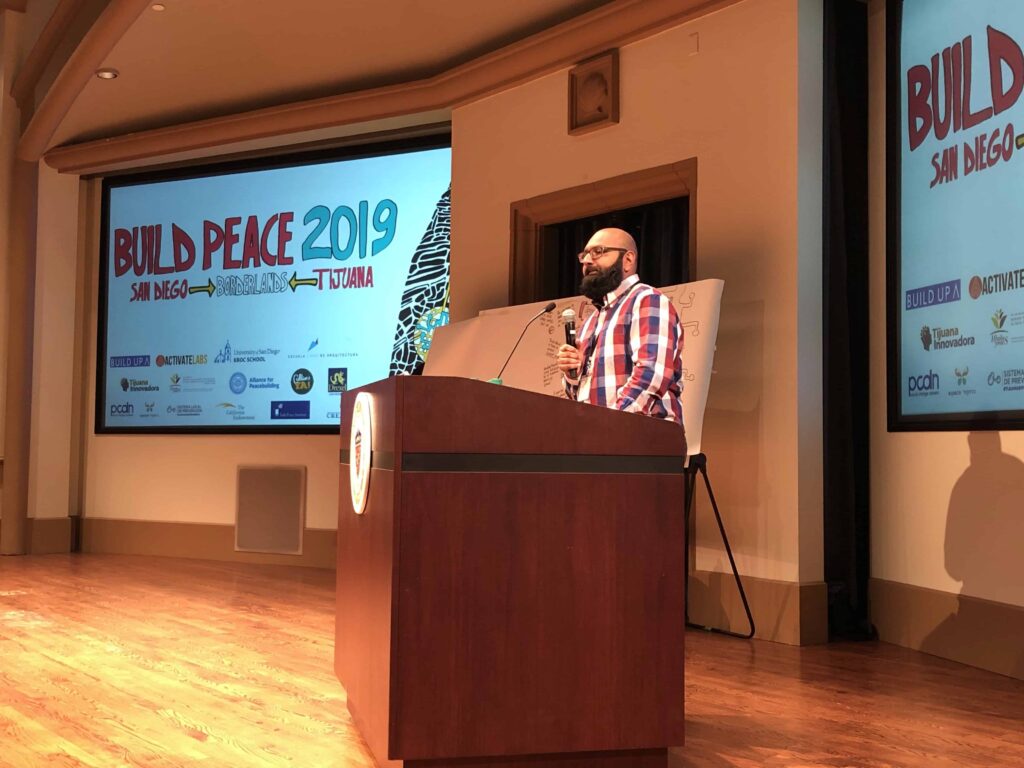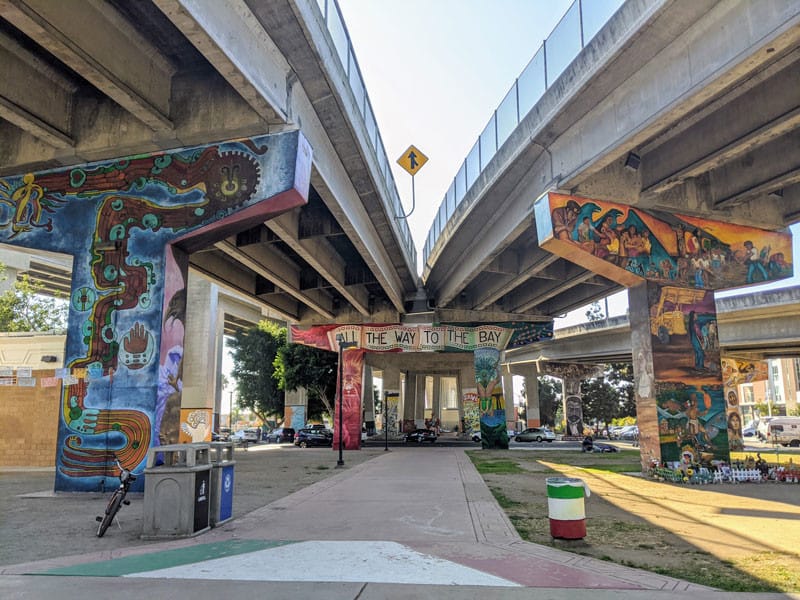A decade ago, the world was coming online at an unprecedented rate and technologists were busy demonstrating how information and communication technologies can be used for global development. Social networks were empowering suppressed voices. Easy to set up software and mobile applications led to a boom of startup tech companies, many of which were increasingly addressing socio-economic problems.
Our role as development technologists was to show people how digital technology and media could be leveraged for development programs and their outcomes. We also needed to rein in a few. It wasn’t about shiny toys but appropriate technology. We had spent the prior decade making mistakes and there was agreement on common Principles for Digital Development that could reduce failures. We had to manage expectations that technology is an amplifier and not a panacea.

As we enter the next decade, our role has decisively changed. Nearly everyone lives in a digital world. While we are still trying to put to use old and new technology for development outcomes, it is also our role to curtail the perils that prevalent technology have exposed in undermining democracies and development outcomes with dangerous speech, disinformation, polarization, algorithm biases, privacy violations and more.
This new duality of our role is evident in USAID’s first agency-wide digital strategy, which recognizes digital technology as an enabling force for development while also accounting for its risks. This encapsulates the future of our work in this new decade.
Building peace in the 2020s
I have experienced a microcosm of this transformation in the digital peacebuilding world as part of the Build Peace community. As conflicts and crises ensued over the decade, the annual gatherings addressed how technology, media and the arts can be used for building empathy, bringing people closer and keeping people safer. Widespread social networks and digital gaming provided an avenue for peacebuilding in a digital world. Hackathons brought technologists, peacebuilders and artists together to conceive peace-promoting initiatives.
During a Build Peace conference in Colombia in 2017, a short workshop focused on disinformation, and participants discussed how disinformation had impacted the peace agreement referendum. By 2019, that conversation had transformed into an all-out siren.

Held in November 2019, the most recent Build Peace conference began with read outs of policy briefs commissioned by the Toda Peace Institute on how social media and digital technology is being used to manipulate, polarize and oppress people in countries across the world. Much of the conference was spent cataloging and discussing what can be done to push large tech companies, governments and other actors to curtail hate speech that can lead to violence, detect and respond to the virality of disinformation, and more.
Yet, what stood out to me most at Build Peace 2019, which was held at the Mexico-U.S. border cities of Tijuana and San Diego, was the resilience and flourishing of local peace-promoting initiatives.
Cross-border music jams and gardens, storytelling via podcasts and community spaces were bringing people together. Creative shared how maker spaces and fabrication labs called Resiliency Labs set up in San Salvador via the USAID Crime and Violence Prevention Project were turning community members into innovators, and how data driven interventions can be designed for migration.

While our concern has mounted over the past several years, so have initiative and resolve. Local tech ecosystems are flourishing. Catalytic capital is moving to emerging markets where the local private sector is increasingly contributing to development outcomes such as financial inclusion and even peacebuilding.
We need to support these new development and peacebuilding partners, safeguard their future and mission, stem the mishaps of mass technology, and continue experimenting and building evidence for a resilient tomorrow.

